Students’ Choice of “Prefer Not to Answer”
One of the most common concerns the Inclusivity Index school quality selection exercise reveals is the weakness of the the Critical Voice dimensions: Voice Inside Class, Voice Outside Class, Critical Consciousness and Conversations Across Differences. Comparatively lower Critical Voice scores have been evident throughout the 2017 to 2023 timeframe across all types of schools and regions. These weaknesses frame challenges to dialogue, expression and development of critical thinking skills which impact adolescent development and validation.
While the quality section of the survey directly measures these dimensions, there is a complementary input on student expression in the demographic question set, the use of the “Prefer not to answer” option in the 14 demographic category selections. Students may elect “Prefer not to answer” for several reasons. Perhaps they don’t know the answer or understand the question, or they may fear that a truthful answer would identify pierce their anonymity. These motivations would have been largely constant over the 2017 to 2023 timeframe. The other possible influence is a growing tendency for students to limit their communications. If this is a factor, examining this inclination might give insight into the broader Critical Voice challenge and more important, help frame interventions to improve this aspect of the student experience.
In the early years the survey “Prefer not to answer” choice made up about 3% of the 14 demographic questions. This meant that for every 100 students, we encountered about 40 such responses across the 14 demographic selections. By 2023 that average rate has nearly tripled to over 100 “Prefer not to answer” choices per 100 students. In some schools, this measure exceeds 150. Still, other schools sustain their rate of under 50 per 100 students.
The data shows three notable characteristics, the increasing use of the “Prefer not to answer” option, the differences between schools, which can be as much as double, and an interesting variation across the demograhic categories.
This final observation is detailed in the graphic below which shows the 14 demographics and the fequency of the “Prefer not to answer” choice in each. Three bars show average (blue), min (green) and max (yellow) for the 14 as well as the overall average across the 14 selections.. The categories are sorted from largest average to smallest. Separately, the column on the right of the chart titled, “Difference between Min and Max,” shows the range between the school with the lowest use of this choice to the school with the most frequent use. This difference is largest in categories such as Political and Sexual Orientation where “Prefer not to answer” is used 20% of the time in the max school versus 8% in the min school generating a difference of 12%.
The trend and the differences between schools raise several questions:
· What are the drivers behind this change?
· Why is there a larger frequency for Political, Sexual Orientation, versus for Gender, Grade, Physical and Religion?
· Does the “visible” versus “invisible” or “iceberg” theory of identity inform us about this variation?
· Can the variation across schools imply you can create a community that performs better in this element, or at least improve?
· Should the demographics that incur the most frequent occurrences of this choice be the primary focus of steps taken to improve?

